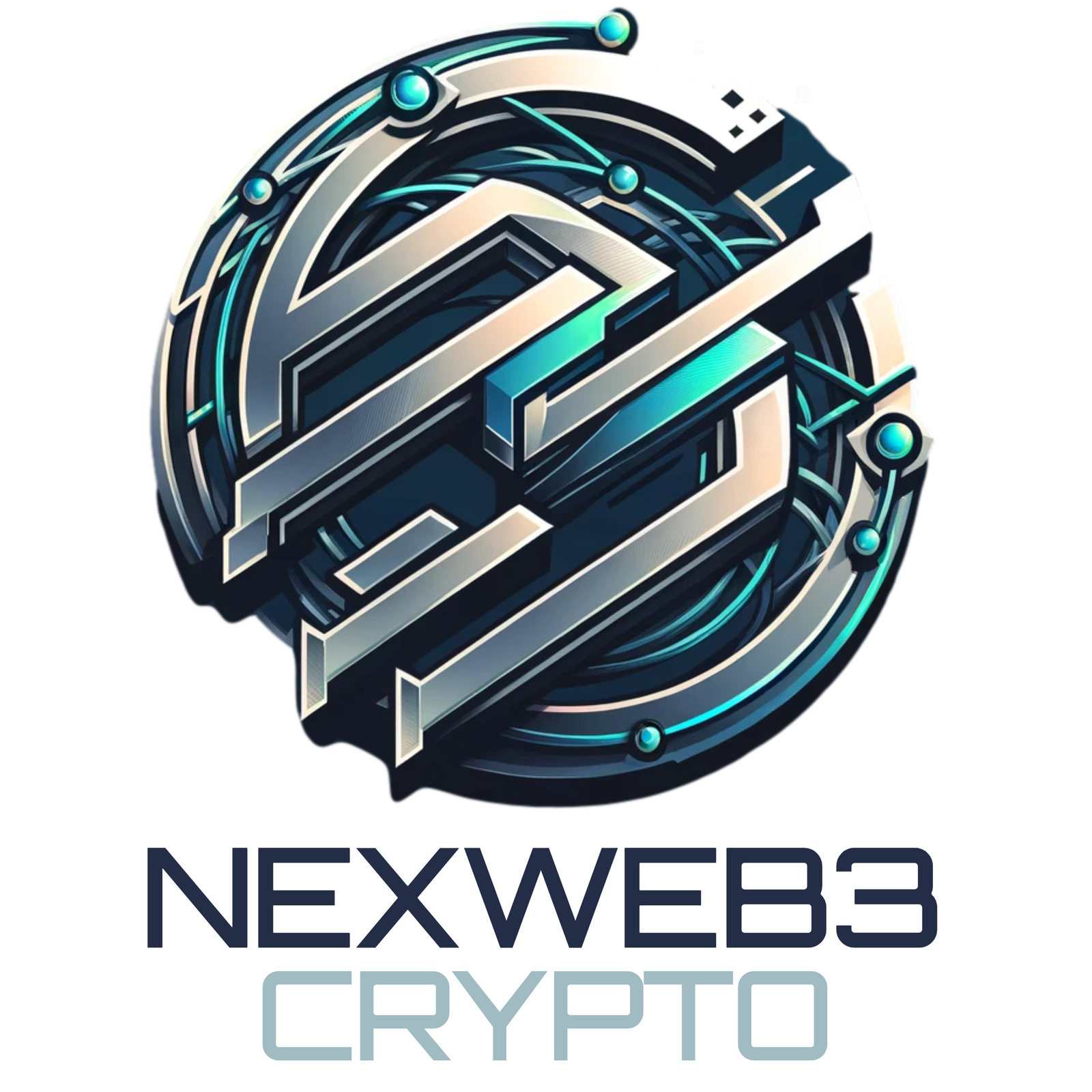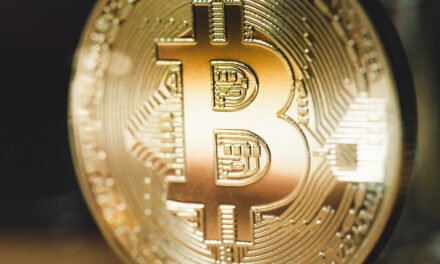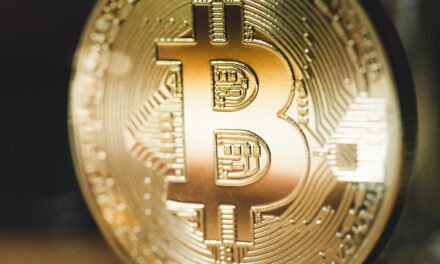In the ever changing landscape of digital currencies stable coins have emerged as an intriguing phenomenon that provides a necessary link between traditional fiat money and volatile cryptocurrencies. At their core these cryptocurrencies are designed to minimize price fluctuations by pegging their value against reserves such as commodities like gold or even fiat currency like US dollars. This inherent stability makes them popular among investors who want protection from wild swings in prices associated with other crypto assets.
## A Comparative Overview of Stable Coins
Stable coins can be classified into three main categories: fiat collateralized, crypto collateralized and algorithmic. These distinctions help investors understand the underlying mechanisms that support each type of stable coin. The differences between these types are important for anyone interested in exploring this emerging asset class.

Fiat-Collateralized Stable Coins are a type of cryptocurrency that rely on tangible reserves held in bank accounts or similar institutions for their value. These coins have gained popularity due to the fact that they offer stability and security by being pegged 1:1 with fiat currencies like USD Tether (USDT) and USDC. This ensures that each coin is backed up by an equivalent amount of dollars stored securely away from any potential risks associated with volatile markets. With this level of transparency and accountability, investors can rest assured knowing that these stablecoins will maintain their worth over time.
Crypto enthusiasts have developed a new type of stable coin that uses other cryptocurrencies as collateral – known as crypto-collateralized stable coins. DAI is one such example; it operates through smart contracts on the Ethereum blockchain and requires over-collateralization due to the volatility inherent in all digital currencies. These types are becoming increasingly popular among investors who want exposure to multiple assets without sacrificing stability or security. With their unique features, they offer an exciting opportunity for those looking beyond traditional financial instruments.
Algorithmic Stable Coins are an alternative approach that relies on algorithms and smart contracts rather than collateral. TerraUSD was once a promising venture in this space until its collapse exposed potential weaknesses.
Stable Coins – Maintaining Stability Through Mechanisms and Strategies
Maintaining stability is a crucial aspect for stable coins and various mechanisms come into play depending on their type. Fiat collateralized versions rely heavily on regular audits to ensure that they hold sufficient reserves while providing transparency to users. Crypto collateralized variants utilize overcollateralization strategies, which essentially require more cryptocurrency than needed for backing in order absorb market shocks without losing peg.
Algorithmic stable coins rely on intricate algorithms that adjust supply in response to market demand. When prices dip too low they may decrease supply or encourage users to hold rather than sell. This approach provides stability and reliability for investors seeking a reliable digital asset option.
Stable Coins – Why They Matter in Cryptocurrency
Stable coins have become an essential component of the cryptocurrency ecosystem due to their versatility. They serve as facilitators for efficient trading pairs on exchanges while also enabling low cost remittances across borders compared with traditional banking systems. Furthermore stablecoin usage enables liquidity within decentralized finance (DeFi) applications allowing users to lend or borrow without relying on centralized intermediaries. The significance of these assets cannot be overstated in todays digital age where financial transactions are becoming increasingly global and complex.
Stable coins provide a reliable option for investors during times of intense volatility in the crypto market. Users can quickly convert their assets into stablecoin form rather than selling everything off completely and moving back to fiat currency. This allows them to maintain some level of security while still being able to make trades or transfers as needed. With this flexibility at hand users have greater control over how they manage their finances through uncertain periods without sacrificing too much stability overall.
The Dark Side of Stability – Risks and Challenges

While stable coins offer numerous benefits they are not without their risks. Regulatory scrutiny looms large as governments explore how these digital assets fit within existing financial frameworks. Transparency is also a concern if issuers fail to disclose reserve holdings openly and honestly – trust among users can quickly erode in such cases.
Algorithmic models have been known to falter during market downturns, as seen with TerraUSD. This has led some critics to question whether true stability can ever be achieved without collateral backing. The answer remains uncertain.
Stable Coins – The Future Trends and Predictions
As stable coins continue to gain popularity among investors and traders alike there are several emerging trends worth noting. One of these is the increasing regulatory frameworks that could lead issuers towards greater adoption while also imposing strict compliance requirements on them simultaneously – a double edged sword indeed! Additionally innovative technological advancements may pave way for new forms of collateralization beyond traditional assets such as real estate or even carbon credits – an exciting prospect for future growth within this space!
The role of stable coins is set to expand as they continue bridging gaps between fiat currencies and digital currencies in our increasingly interconnected world. This trend will likely persist into the future as more people seek out ways to navigate these two different financial systems seamlessly. With their ability to provide stability amidst market volatility and ease cross border transactions without incurring high fees or delays stablecoins are becoming an essential tool for anyone looking to succeed financially today. As such it seems clear that we can expect them to play a crucial part in shaping how money moves around globally going forward.






